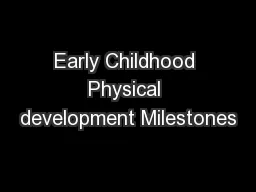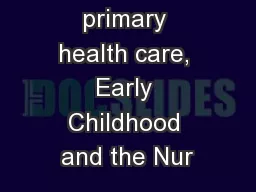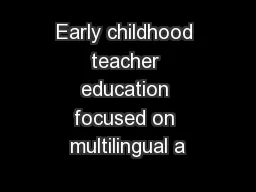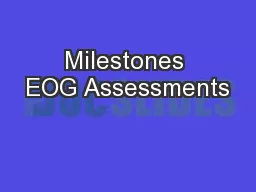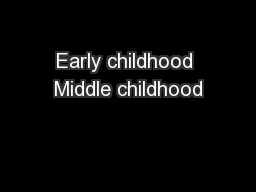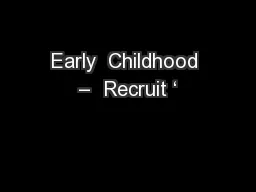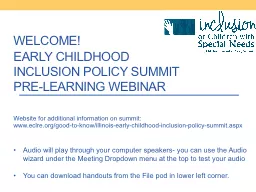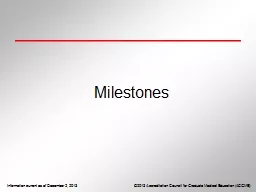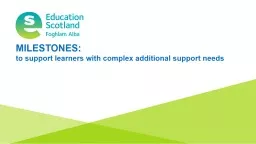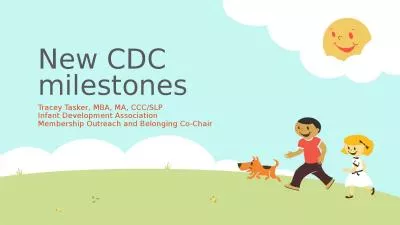PPT-Early Childhood Physical development Milestones
Author : lindy-dunigan | Published Date : 2018-03-07
According to Berk2013 she noted that Early childhood from 2 to 6 years The body becomes longer and leaner motor skills are refined and children become more selfcontrolled
Presentation Embed Code
Download Presentation
Download Presentation The PPT/PDF document "Early Childhood Physical development Mil..." is the property of its rightful owner. Permission is granted to download and print the materials on this website for personal, non-commercial use only, and to display it on your personal computer provided you do not modify the materials and that you retain all copyright notices contained in the materials. By downloading content from our website, you accept the terms of this agreement.
Early Childhood Physical development Milestones: Transcript
Download Rules Of Document
"Early Childhood Physical development Milestones"The content belongs to its owner. You may download and print it for personal use, without modification, and keep all copyright notices. By downloading, you agree to these terms.
Related Documents

